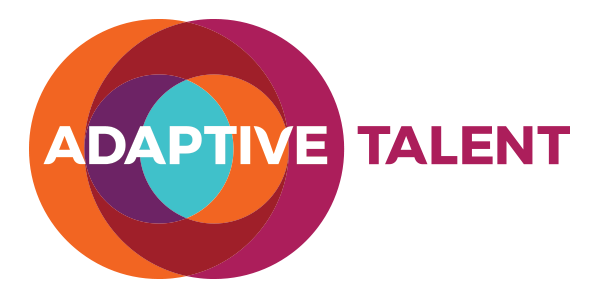McKinsey has been putting out a lot of helpful articles to help navigate the COVID-19 crisis, and this one spoke to me because I see this happening all around me; with my clients and across all facets of our governments. It is a change for everyone obviously but for many it’s requiring a fundamental shift in how they lead themselves and others; it’s an adaptive change. As compared to a technical challenge that can be solved by benchmarking best practices or acquiring skills or tools, this requires us to rethink our very way of thinking, of what we assume as normal. Our ways of making sense of the world need to move from accepting “reality” as is, to intentionally examining our assumptions, ways of making meaning, habits of mind and daily tasks, and favourite ways of generating security for ourselves.
Here’s a great quote to set the context for how you can tap into the power of diversity to give your organization the best chance of succeeding in this crisis: “In this rapidly changing environment, your people need to respond with urgency, without senior executives and traditional governance slowing things down. Waiting to decide, or even waiting for approval, is the worst thing they can do. Yet some level of coordination across teams and activities is crucial for your organization’s response to be effective. How do you do this? How do you accomplish the seemingly impossible?
The answer: create a robust network of teams that is empowered to operate outside of the current hierarchy and bureaucratic structures of the organization.
In response to the coronavirus, organizations of all shapes and sizes are moving in this direction. They are setting up “control towers,” “nerve centers”—which take over some of the company’s critical operations—and other crisis-response teams to deal with rapidly shifting priorities and challenges. They see that these teams make faster, better decisions, and many are wondering how they can replicate this effort in other parts of their organization.
Creating a central “rapid response” group is the right first move, but leaders shouldn’t stop there. In this article, we will focus on the steps leaders should take to create a cohesive and adaptable network of teams, united by a common purpose, that gathers information, devises solutions, puts them into practice, refines outcomes—and does it all fast.”
Give it a read and see how it might apply to your organization and challenge.
I hope this has been helpful and of course the Adaptive Talent team would welcome the opportunity to help you and your team improve your results and adaptability via our culture and organizational development consulting, communications and coaching / mentoring training, total rewards consulting, assessments, leadership coaching and development programs and retained search to help you land high impact talent.

